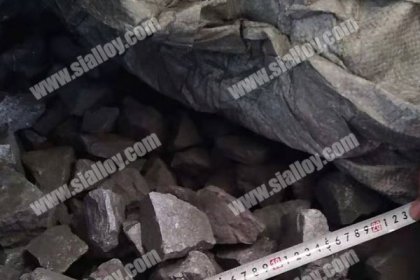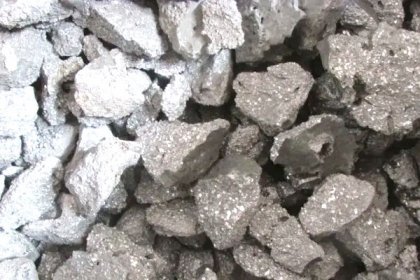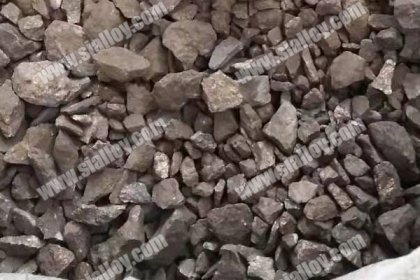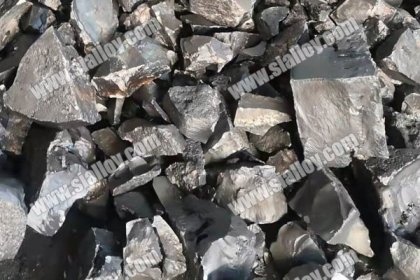carbonaceous reducing agents
The carbonaceous reducing agents used in the production of ferroalloys mainly include metallurgical coke, petroleum coke, pitch coke, bituminous coal and charcoal (wood block). Among them, metallurgical coke is the most used. Petroleum coke, pitch coke, bituminous coal and charcoal are mainly used to produce industrial silicon. Bituminous coal and charcoal are often used with metallurgical coke to produce silicon-calcium alloys.
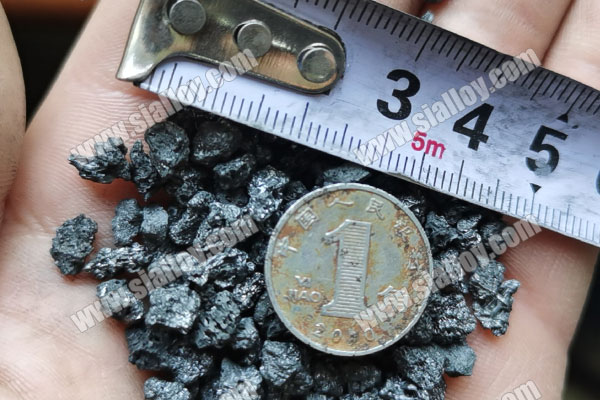
The production of different ferroalloys has different requirements for carbonaceous reducing agent. The following uses electrothermal method to produce ferrosilicon as an example to illustrate the requirements for carbonaceous reducing agent:
(1)Chemical composition: In the chemical composition of carbonaceous reducing agent, the main indicators that should be considered are fixed carbon, ash, volatile and moisture.The fixed carbon should be higher. The carbonaceous reductant is really reducing the fixed carbon,the higher the fixed carbon, the less the reducing agent needed to reduce the same amount of silica, the content of fixed carbon is required greater than 82% of metallurgical coke. The content of ash should be low, the ash content is mainly composed of refractory oxides such as Al2O3, CaO,SiO2, etc, The high ash content is likely to cause slagging and sintering of material furnace, affecting the air permeability of the materials surface, and also make the electric furnace slag increasing the amount, the slag becomes sticky and discharge, which will deteriorate the condition of the furnace and increase the consumption of electricity and raw materials. Generally, the ash content in the coke is required to be less than 14%. The moisture content should be low, the moisture content of the carbonaceous reducing agent depends on the type of reducing agent, structural transportation conditions and storage conditions. Generally, the moisture content is required to be less than 6%. There is no limit to volatile matter.
(2)The resistivity should be high and the response ability should be strong. The electrical resistivity will affect the electrode insertion depth. The electrical resistivity is large, and the electrode is inserted deep and stable, which can enlarge the crucible area with less heat loss, which is beneficial to increase the production capacity of the electric furnace and reduce the power consumption.
(3)The particle size composition is appropriate. The particle size composition of the carbonaceous reducing agent is an important factor affecting the specific resistance and air permeability of the charge. The particle size of coke usually used for batching is 5-20mm for large-capacity electric furnaces and 2-8mm for small-capacity electric furnaces. In addition, attention must be paid to the gradation of carbonaceous reducing agent particle size (the percentage of reducing agent with different particle sizes) and The general requirement for the ratio of silica particle size is to ensure that the carbonaceous reducing agent has a relatively uniform particle size composition to ensure that the charge has good air permeability, high resistance and large reaction area.
(4)Have certain mechanical strength. The mechanical strength is low and the crushing loss is large, which increases the cost, and if it continues to crack after entering the furnace, it will affect the air permeability of the material surface.
According to the requirements of ferroalloy production for carbonaceous reducing agent, combined with the performance characteristics of carbonaceous reducing agent itself, it can be seen that:
(1)Charcoal is an ideal carbonaceous reducing agent, but charcoal is expensive, difficult to source, and low in fixed carbon. Therefore, charcoal is often combined with petroleum coke or pitch coke with high chemical purity to smelt high-purity industrial silicon.
(2)High-quality low-ash bituminous coal, gas coal coke, semi-coke and other carbonaceous reducing agents have excellent physical and chemical properties, but should have poor mechanical strength, so they are generally not used alone.
(3)Metallurgical coke has sufficient sources, low price, high fixed carbon, and high mechanical strength. Therefore, although metallurgical coke is not the most ideal carbonaceous reducing agent, it is still widely used.
Anyang Huatuo Metallurgy has been engaged in carbon reductants and recarburizers for more than 10 years, supplying a variety of specifications with fixed carbon content of 98%, 95%, 90%, etc., if any interests, please contact as soon as possible.
 中文
中文
